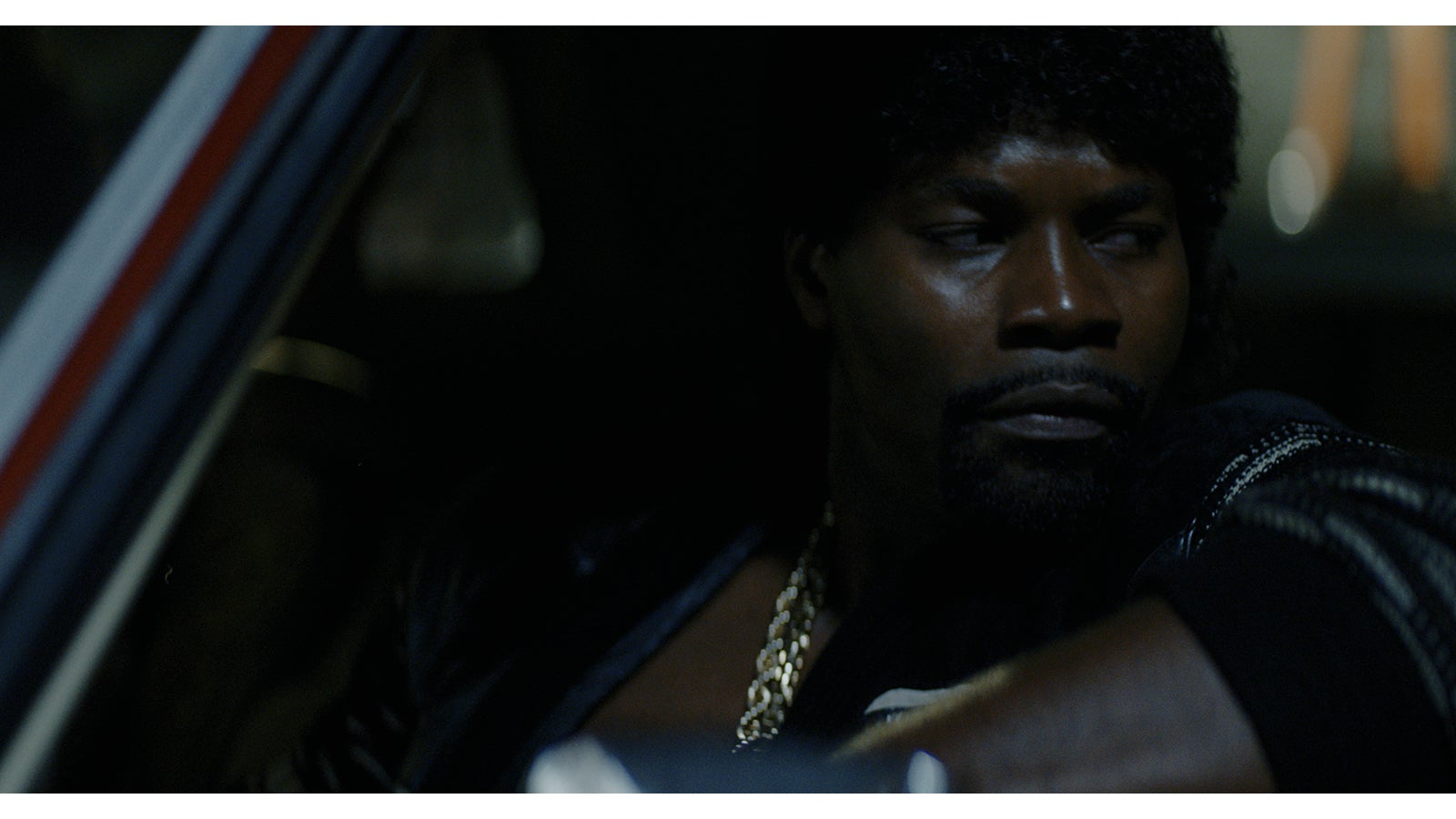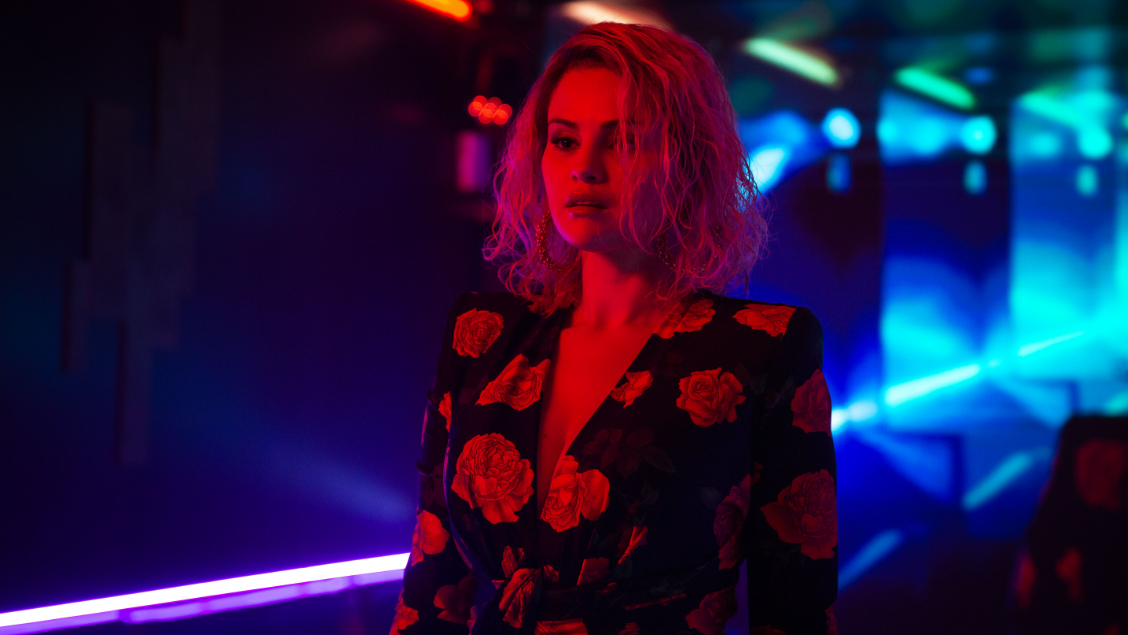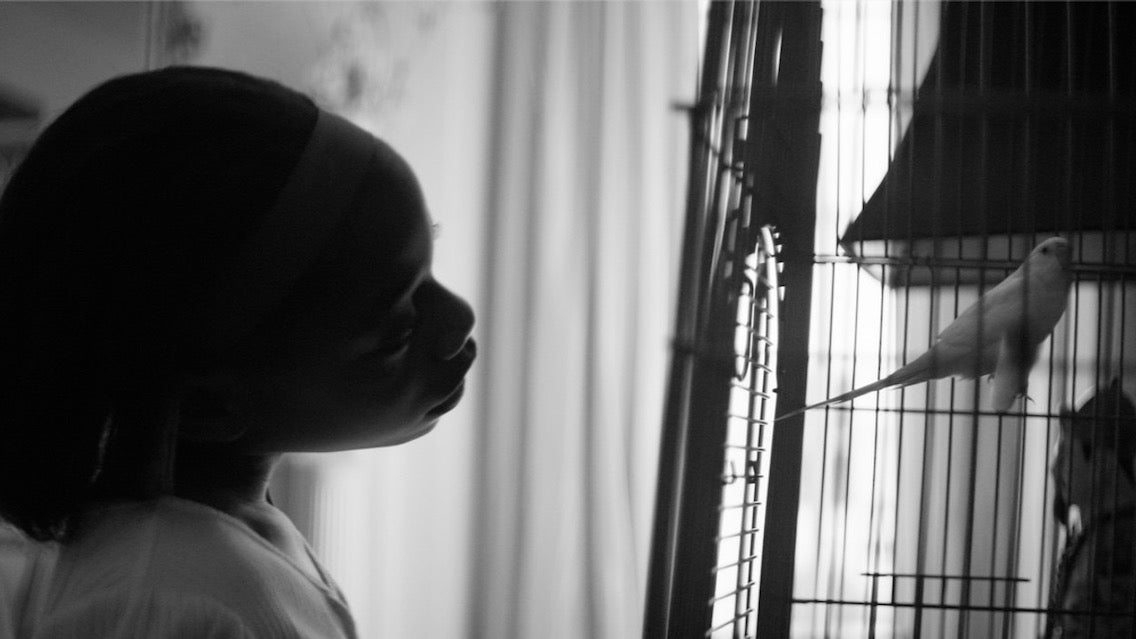
05-08-2020 - Case Study
Reels for Cinematographers - An Agent's Perspective
By: Jeff Berlin
Dan Burnside is VP and Head of Features and Television at the Dattner Dispoto & Associates, an agency for cinematographers, production designers, costume designers and editors. In these times of COVID-19, there’s hardly been a better time for cinematographers to re-examine their promotional efforts and update their reels.
We spoke the other day with Dan about what he likes to see in DP reels, best practices, trends, and of course, what to not do when cutting yours.
Artwork courtesy Maddox DP.
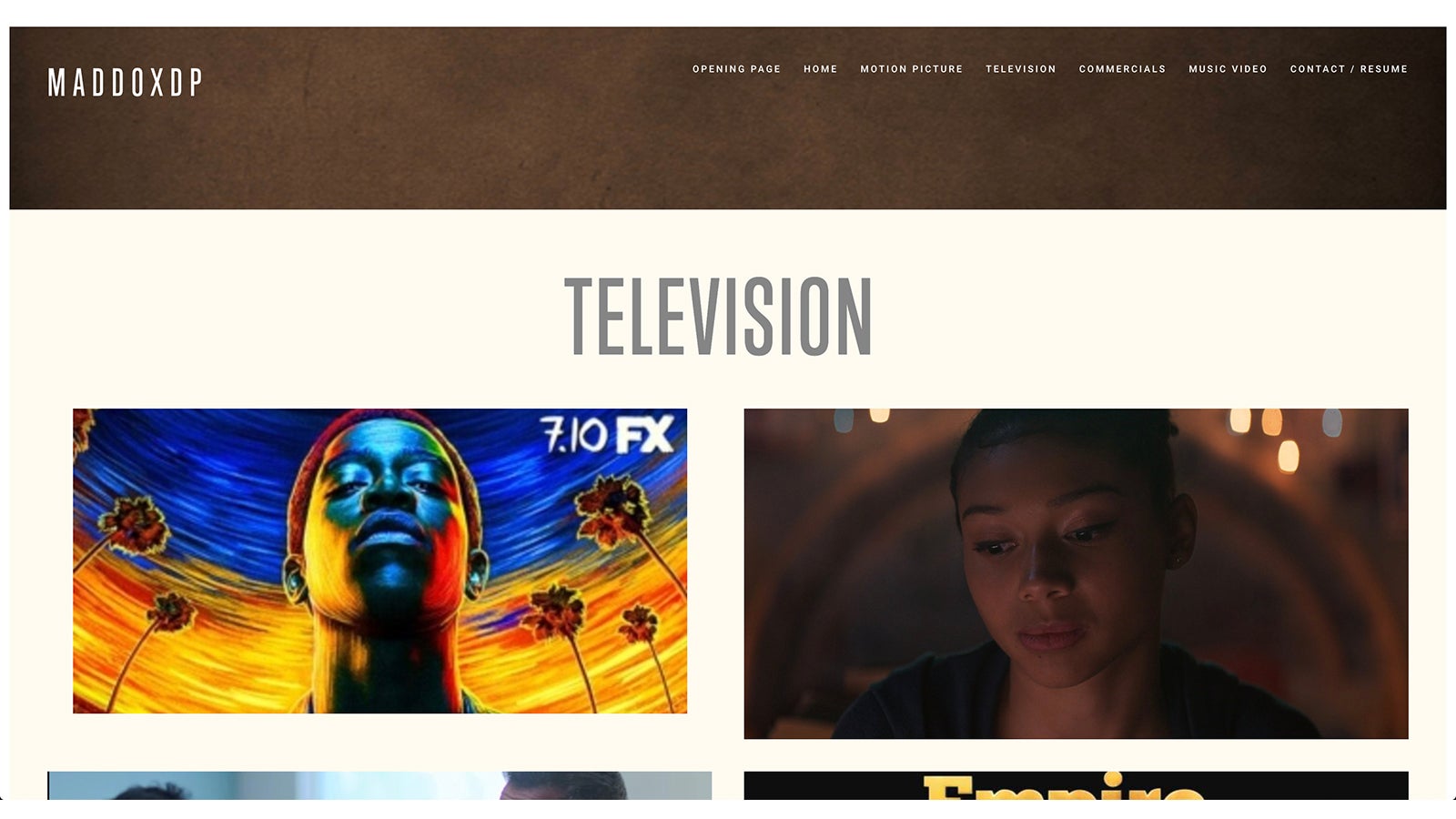
Jeff Berlin: Are you seeing any trends in DP reels?
Dan Burnside: It changes subtly over time. I've been doing this long enough that I remember when we used to messenger around three quarter inch tapes, and then DVDs, and now we have websites. With websites, layout, navigation is critical. They have become a big part of the presentation, the website.
Regarding the sizzle reel, I feel like I've seen so many of them over the years, where someone goes through their material and pulls out those little tidbits that they're so proud of. I always joke and say, "You get the lens flare, you get the hand brushing over the weeds in the field..." Everyone's got those little moments, and if you scissor all of them out of course it's going to look good. But I don't think it tells anyone who you are as an artist, narrative-ly especially. So longer moments where people can see what you actually shot, how it ended up being edited and constructed, and set a mood and flow, that I think is more useful to directors and producers than perfect beauty shots, because everyone's done that and everyone has them. I always like to see more moments.
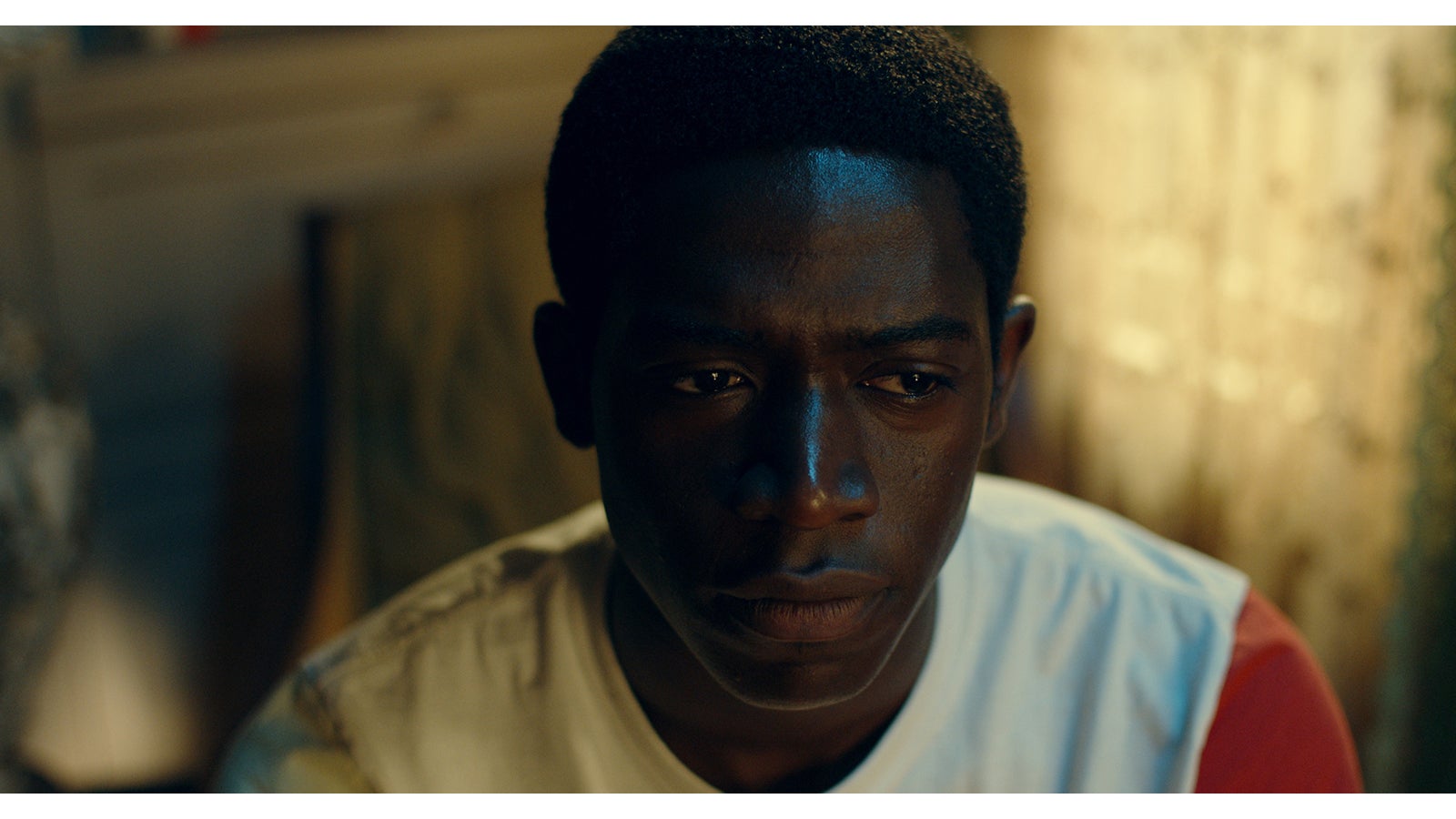
Jeff: How does a reel get you hired?
Dan: It depends. We all know there are certain jobs where your reel doesn't get you hired, your resume does. And though a reel may appeal to a director or a producer, I think often, if they're open minded, they’ll want to see who’s out there rather than just go for the shiny-object DP that everyone's in love with at the moment. I say this a lot and it sounds cliché, but if your reel/website represents who you are as an artist, if there's a point of view to your work, which doesn't mean it all needs to be the same, like not all handheld or all classically framed, but if you get a sense of the person, of the DP as an artist, I feel like that's what gets you hired. People are looking for something unique, something different, especially right now when the business is changing so rapidly. Clients want more than just pretty pictures, they want a point of view, some artistry.
Jeff: An identity perhaps.
Dan: Yes, very much.
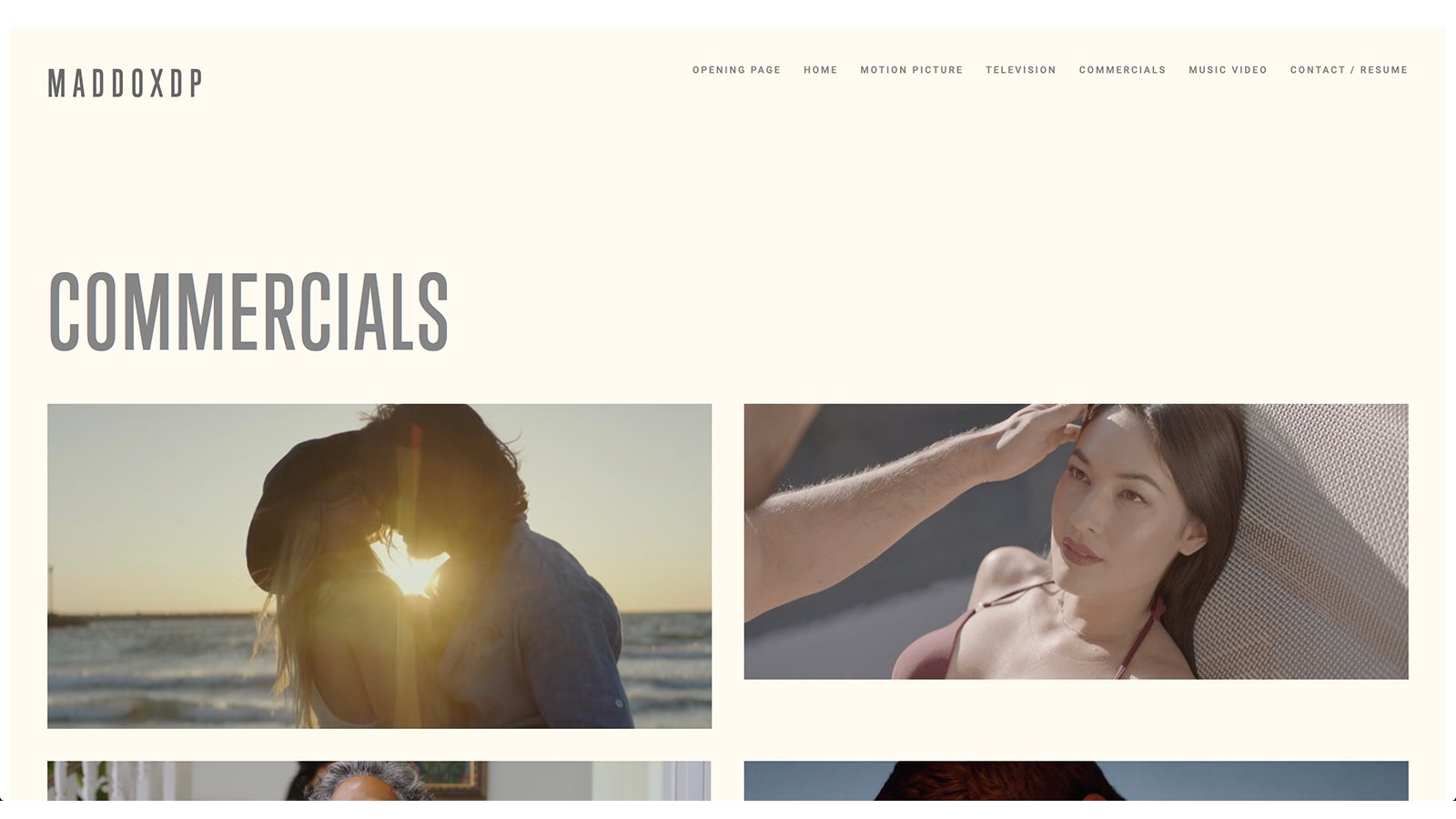
Jeff: Would you say that a reel is always necessary?
Dan: No. Certainly there are DP’s, some that my agency represents, where their name and work history alone carries them forward. I do think for everyone else, which is 99.9% of DP's, that it's important to maintain your reel and keep it fresh. And even some of the guys who have won Oscars can get to a point where they don't seem as cutting edge. Hollywood is just waiting to get ageist on people. And if they feel like someone has not kept up with trends in cinematography, or is not doing cutting-edge work, sometimes it's easy to write them off. A reel is your portfolio. It's important to you have one even if you don't necessarily need one.
Jeff: How much influence do you have over how a reel is cut?
Dan: Some DP's want to direct how their reels are cut together and then have me give notes. I prefer though to have more control simply because I've sat with DP's cutting their reel, and we'll see a nice moment, and I'll say, "That's incredible." And they’ll reply, "Yes, but the director or the AD that day was really rough on us." So they won't see the beauty of that shot because they have an emotional response to the day. Or conversely, they'll be really proud of something but I’ll tell them, "I know you worked hard on that shot, but that shot isn’t going to get you hired.” So I like to have input.
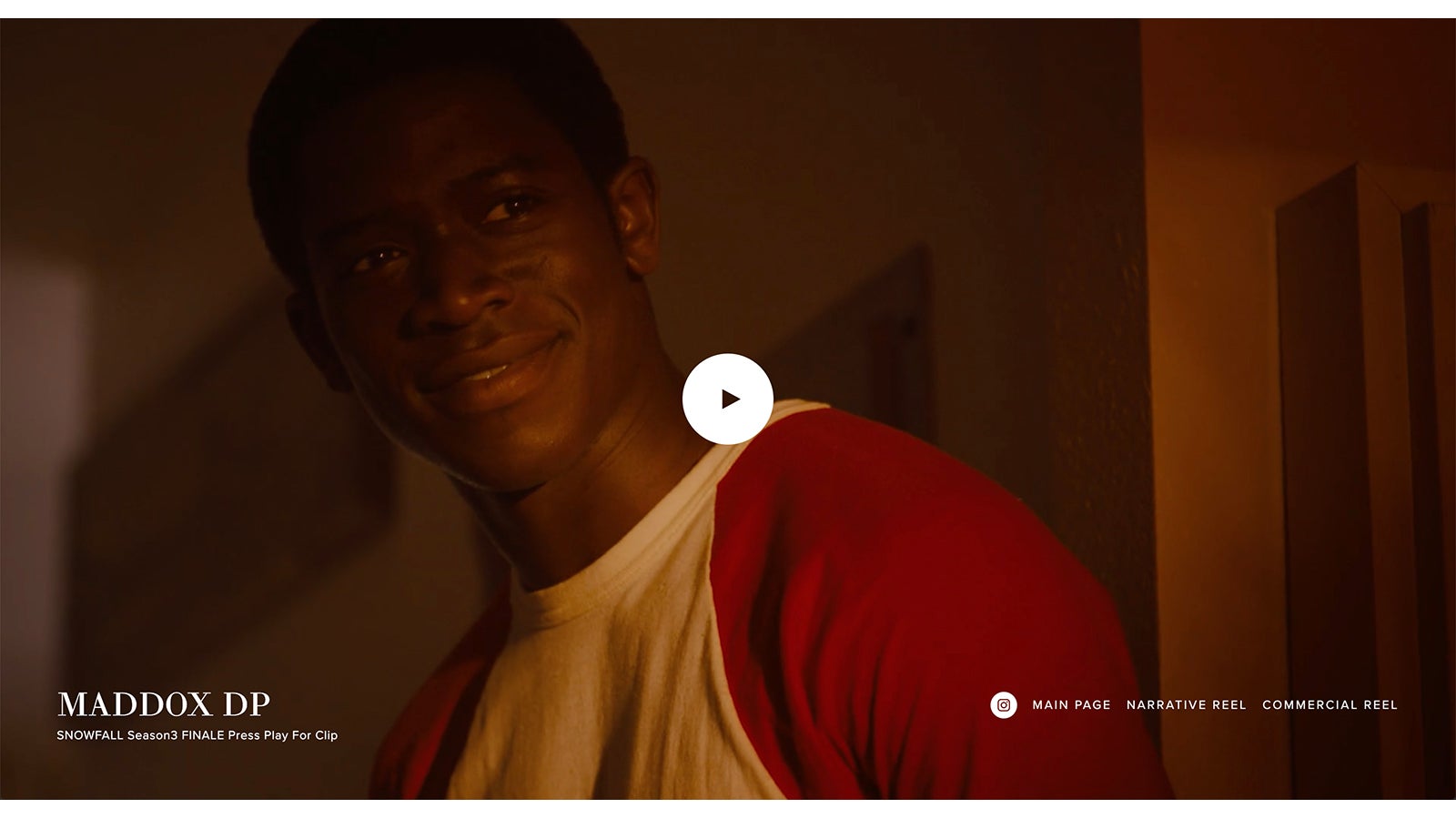
Jeff: Do you have any tips for a beginning DP when they're putting their reel together? Somebody that's newer, who might not have a lot of content to select from.
Dan: I get a lot of cold submissions, probably one a day. The mistake I always see is the desire to show that you can be like a Swiss Army Knife. I always say less is more and know who you are. And sometimes the reels I see are so scattershot. They’re including the short film they did at AFI, a commercial that's not great, and they’re trying to say, "I can do everything." But some of the stuff they’re showing was not meant for the reel, it was meant for work, so it's not the tool you need to get the next job." Sometimes the most compelling reels from younger DP's are the ones where they have three or four things and they're all just gold, and that gets me intrigued. But don't talk me out of hiring you by including lesser work because you're trying to show me that you have all this work to show.
Jeff: When you sit down to look at a reel, do you give it 10 seconds, 20 seconds, 30 seconds? Will you watch it all the way through? And what’s a good length for a reel?
Dan: I would be lying if I didn't say that if you don't grab me pretty quickly I'm probably not going to finish. I'll definitely give it more than 10 seconds, though. And even when we send out reels, whether it's narrative or on the commercial side of the agency, we get analytics if we're hosting the reel on our agency site, so we will know how long people watch. And we will know if they aren't into it and switch off in 10, 15 seconds, 20 seconds.
One time I was slightly intrigued with a reel someone sent. I watched two narrative cut downs which were okay. And then the third one was a black and white handheld war recreation that was clearly shot in Europe and I thought, "Oh my God. Why did you bury the lede? Why is this third?" This guy did something really visceral and engaging, so why was it third behind two average shows? You really want to make sure you grab people right away.
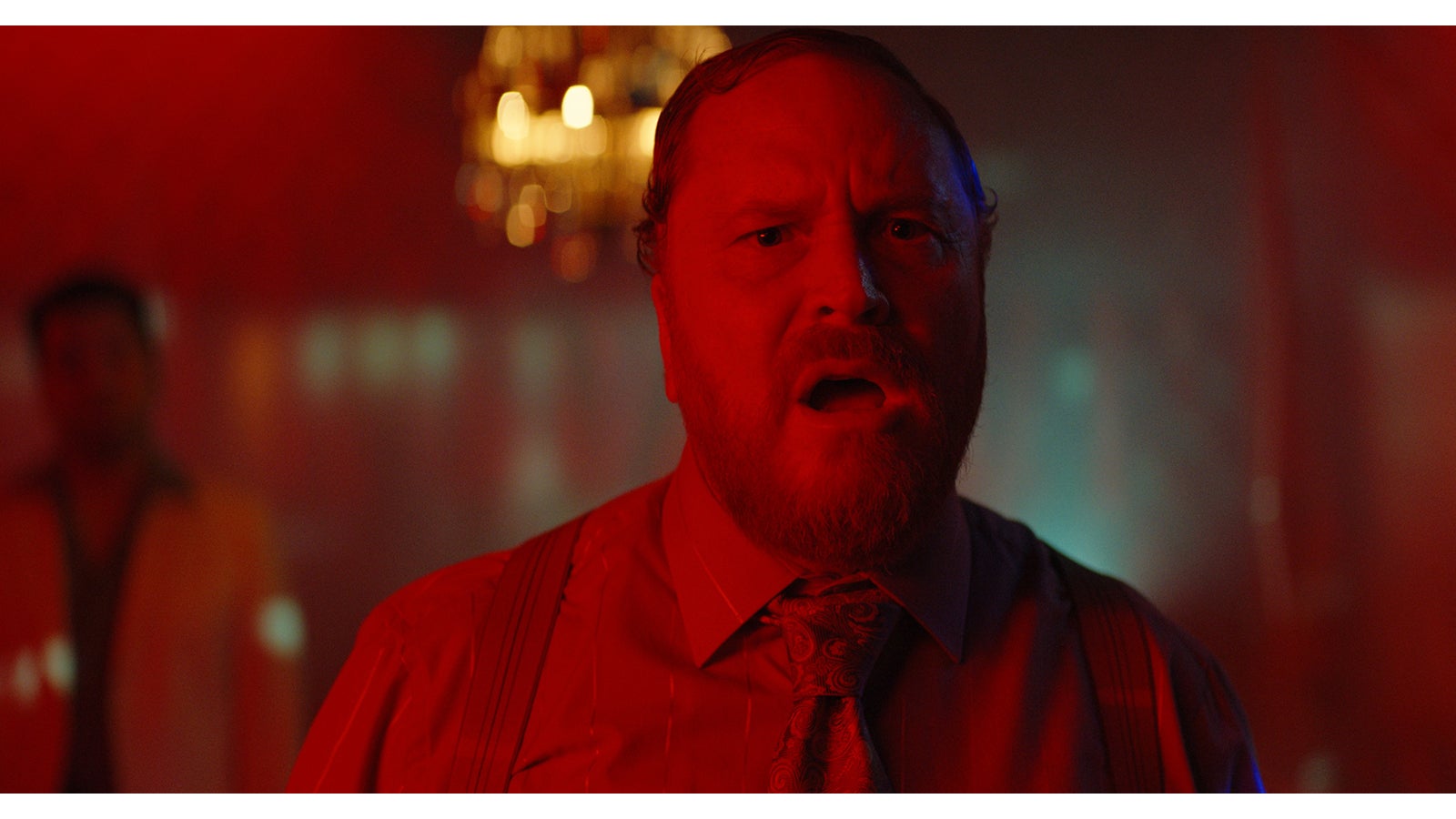
Jeff: Let's talk about cutting the fat then. What about keeping it really tight and making sure that everything on the reel belongs there.
Dan: Yes, we go back and forth with this. We don't want to exclude some piece that people respond to, but when in doubt, less is more. I like the phrase, Don't talk people out of hiring you. Better that they're left intrigued and you get in the room with them and do your thing with your personality than talking them out of hiring you by showing them some work that's just okay. If you wanted to include it because some famous actor was in one of the shots, no one cares. The quality of the photography will speak volumes, not necessarily seeing some A-list, B-list star. Facial recognition isn’t going to get you a job.
Jeff: Does having celebs or somebody recognizable carry more weight for younger and newer people, even if the material isn't as good as some of their other stuff?
Dan: Not to me. There may be somebody somewhere who has an affinity for a particular actor and that might register, but when I look at reels, I'm truly looking for the quality of the photography, the execution, the approach, the style. Everything else I'm not fooled by, including production design, actors. All of that is fine, but my brain at this point just erases all of that and looks at the quality of the work.
Jeff: Right. Lighting, camera movement…
Dan: Style, approach, execution of what was on the written page. If you've been doing this long enough, you can see how people arrived at certain decisions. And when they surprise you or impress you, then you know you've got something.
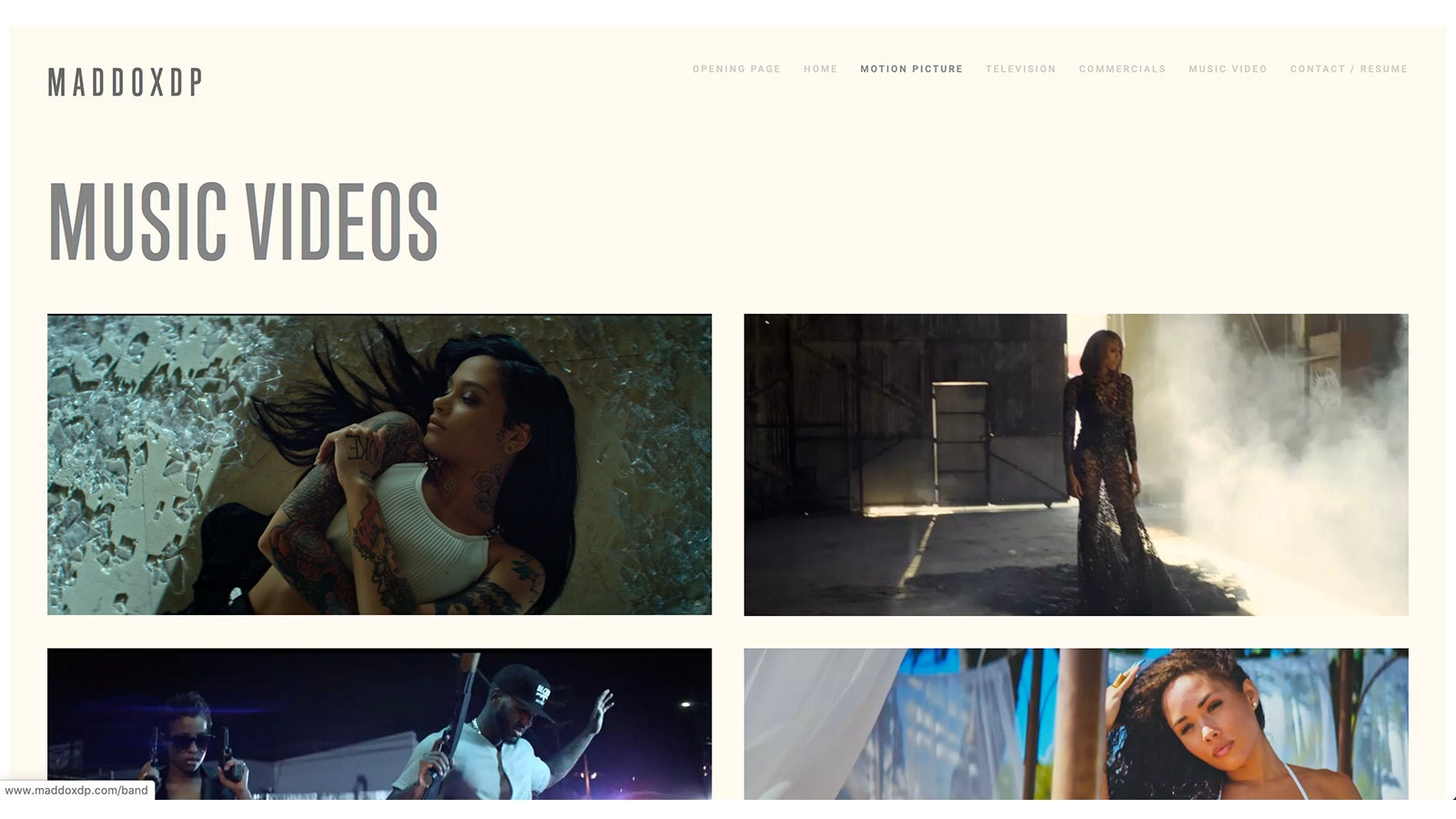
Jeff: What about mixing material? Narrative, commercial, music video on one reel?
Dan: If you need to, it's fine. I think the music video world is a tough, competitive, constantly evolving one. There's always some new person coming up. You can be a 35 year old DP shooting music videos and look over your shoulder and feel like you're starting to lose jobs to younger people. If you live in a certain place really strongly, you definitely want to make sure you're speaking to that audience. But if you've done two music videos, three commercials and a feature, you might as well mix it up and get the best stuff in there, and there's nothing wrong with that.
Jeff: When you're constructing a reel, would you want to keep the sections independent? Start with narrative, then go to music video, and then go to commercial. Or would you say mix up all the shots in the reel?
Dan: I don't think there's a hard and fast rule for this. If you've got 10 legit, beautifully shot music videos and 10 legitimate, great brands with interesting campaigns and commercials, and three movies that are all beautifully shot, do sections. But if you don't have that, perhaps don’t.
Jeff: Is there an ideal length? How long is too long?
Dan: If you think anyone is going to sit through six minutes of a cutdown of a narrative, unless you shot the most amazing, beautiful, visual thing, they're not going to sit that long. Two minutes is good. If you can't show what you did in a feature in two minutes, I doubt that six minutes is going to be better. If you’re running five, six minutes, no one's watching that long. Even if they like it, they're still not watching that long.
Jeff: For a narrative cutdown, two to three minutes?
Dan: I think so, that's a good length. Or a couple one-minute scenes. Give people a bit to chew on about how your shots cut together.

Jeff: What about a montage reel that's a little bit more varied?
Dan: I don't think I'm alone thinking that if you put together a montage, and you repeat a show 30 seconds into the reel - show one, show two, show three, show one, etc., I'll probably just stop watching.
It goes back to what I was saying earlier, which is I'm just not a fan of montage reels. There was a point in time where montages were great, where you would show a car crash, then the people yelling, and there was a lot of drama and it almost felt like a trailer. But these days if I'm trying to explain who you are to a producer, that doesn’t convey who you are as an artist. It doesn't show a sense of style. There may be individual shots in there that are beautiful, or interesting, or well framed. But one shot alone doesn't key a director into why you'd be great for the job that you're up for. Revisiting the shafts of light through the window shot and then coming back to it again, I'm not really getting a sense of why you would be good for something other than the kinds of beauty shots that everyone puts into their montage reels. What is making you distinct? What's making you interesting?
I don't think directors, producers are immune to being impressed by well-crafted scenes, well-shot and well-thought-out scenes, unique, different, with a sense of style. I remember years ago I knew a photographer who was really good with kids and natural light. And every time she tried to step outside of that box it felt forced and awkward. Finally she leaned into her style, accepted who she is as an artist and from there, every shot was just beautiful. Nothing felt forced or posed, just natural and real. And there's something to that in terms of getting work and impressing people, in capturing their imagination.
Jeff: How about drone shots?
Dan: We have all seen drone shots and we are all aware how you get them. Every so often someone will do something very different with a drone where I'll think, "Oh, that was actually cool." But again, does that get you a film? Or are taking time away from other more narrative-ly driven shots that could actually get you the film?
Jeff: What about music for the reel, do you even care what it is?
Dan: No, not really. Someone once used that “Batman, Dark Knight” pulse-pounding music and I was thinking, "Oh, that's Batman," and it's a little distracting. I think you're always better off using something that’s not recognizable. And usually something without lyrics unless they’re really underscoring the emotion or tone of the piece you're showing
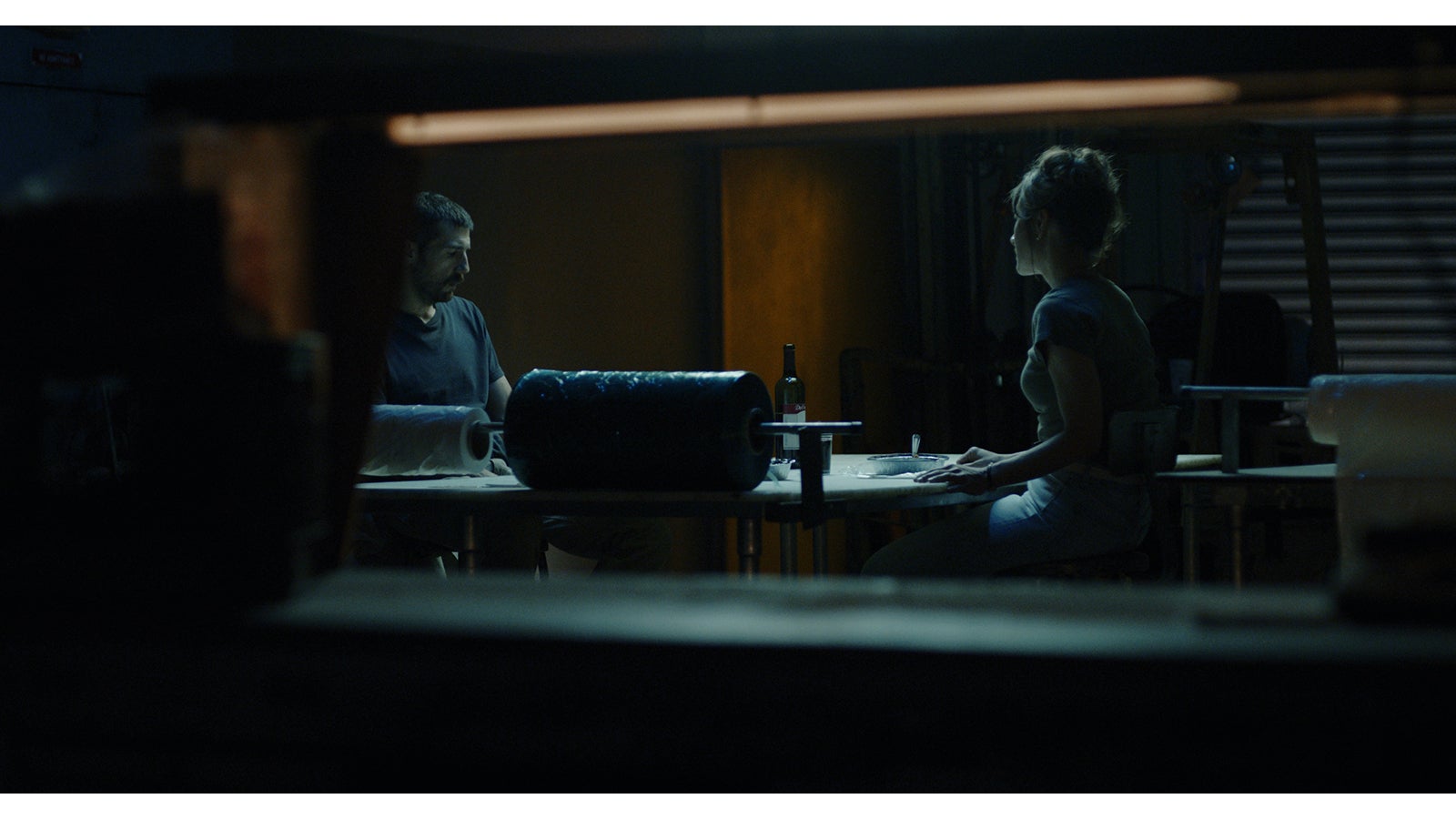
Jeff: Are there any real clunkers? Any suggestions of things to avoid, what you specifically don't like to see?
Dan: That's a good question. I don't like to see things that date themselves. If your most recent car commercial was four years ago, you’ve got to be careful because immediately people will wonder, "Where has this person been the last three years?" Or if you're pulling from old or inferior sources, like standard definition, I will have a gut reaction to the quality of it, so you really should avoid that.
Jeff: What are your thoughts on social media?
Dan: So much is happening on Instagram. I do think there's a trick to using it, and it's constantly evolving. I follow DP’s that are both clients and non-clients, and some of them post a masterful mix of personal life and work. One day they’ll post about a bike trail and their next post will be, On set with this director. You get a sense of the person and their work and you start to think, "I would actually like to know this DP because they seem cool." I think there's a real subtle art to this. And I think there is something about sharing a taste level with people that will definitely bring you eyeballs - a director, a producer. I do think for music video or commercial, Instagram is probably a lot more helpful than for narrative. I think Instagram is becoming a huge selling tool for DP’s.
